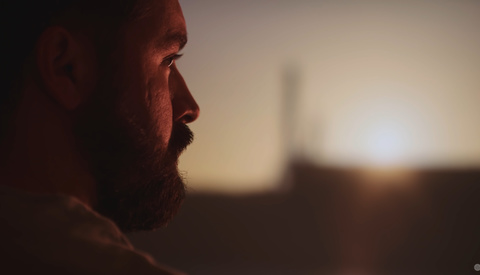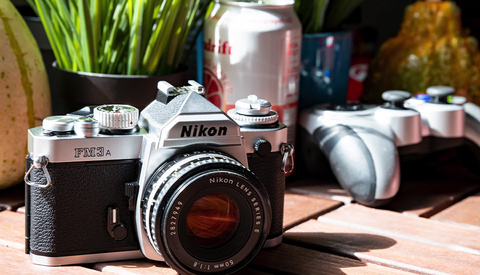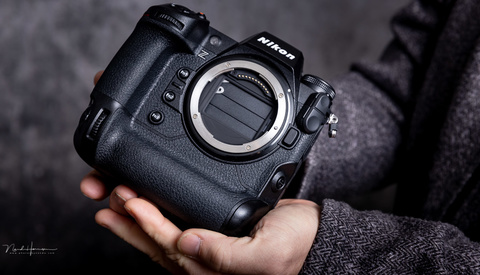A Review of the Irix 30mm f/1.4 Dragonfly Lens
Irix has created a name for themselves by manufacturing manual focus prime lenses that are rugged, affordable, and quite sharp, making them a compelling option for any genre where autofocus is not a requirement. This excellent video review takes a look at one of the company's newer lenses, the 30mm f/1.4 Dragonfly, and the sort of performance and image quality you can expect from it in practice.

































